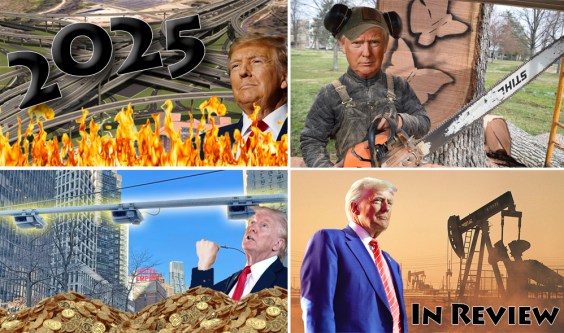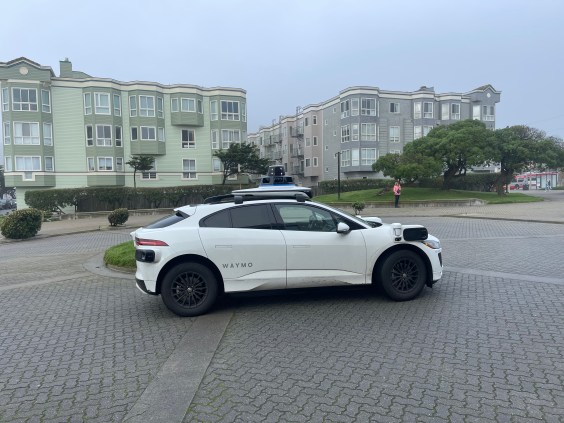
At a recent SPUR meeting, an audience member asked why cities continue to invest billions in long-term projects, such as the Central Subway, when ride-hail services such as Juno, Lyft, and Uber Pool have rendered urban rail more or less obsolete. This sentiment is reflected in a recent piece in the Atlantic by former Los Angeles Times writer Alana Semuels, entitled: "The End of Public Transit?" She wrote about her experience riding Chariot instead of Muni:
Why should anyone use public services if the private sector can provide the same service more efficiently? On an individual level, after all, the private bus was much more pleasant and not much more expensive. On the government level, privatization could save money. Privatizing public bus services could save $5.7 billion a year, according to a paper published by the National Bureau of Economic Research in March.
The piece brings up some interesting thoughts, which have been discussed in Streetsblog as well. It's worth a read--certainly, transit agencies such as BART and SFMTA should be, and are, discussing collaboration with private transportation providers.
But like the question asked at the SPUR meeting, there's a danger that transportation planners will take things too far. As Jason Henderson, Professor in Geography & Environment at SF State and author of Street Fight: The Politics of Mobility in San Francisco, has written before, new business models could also push San Francisco to a nonsustainable future and wreck livable cities.
The Bay Area is, of course, enamored with all things tech; the economy is driven by it. Smart phones represent a marvelous, transformational technology development in communications. They allow someone to broadcast their exact location and where they want to go directly to servers, which can then guide transportation services to them. And as Uber's $62 billion-plus capitalization can attest to, it opens up potent new business models. But it doesn't change the laws of physics. Moving people by car, even a driverless-electric-ride-hail mini-van, still requires more energy and generates more greenhouse gases per rider than most mass transit. And, yes, one always generates less CO2 walking or riding a bike!

The Atlantic piece also seems to forget that an automobile is part of a two-part technology. The car, or Chariot bus, with its rubber tires, requires asphalt or concrete roads. In reality, the most expensive portion of the technology isn't the vehicle--it's roads, drainage, bridges and maintenance requirements, traffic signals and policing, not to mention the daily carnage caused by car crashes. Point being Chariot wouldn't be profitable if it had to pay for its own roads; ride-hails wouldn't exist without them.
Shared, electric, and driverless cars can reduce the environmental and societal costs of automobiles. But the costs don't go away. Building and maintaining roads, and other associated expenses, are still tantamount to a massive subsidy covered by tax-paying citizens. "Private" transportation is a misnomer. The Atlantic piece, as with all of those enamored with ride-hail, seem to miss that fact. And if the state keeps widening roads instead of building more livable, walk/bike-friendly cities--if society gets too carried away with these new car technologies--we could end up making traffic and our transportation woes even worse.
There were rooms full of enthusiastic young government officials back in the 1950s who boasted about the coming age of motorization. Cities across America ripped out transit systems--Oakland took out the Key Car trains, San Francisco removed roughly half of San Francisco's Municipal rail lines--and freeways were built through downtown. We've been paying for the exuberance of a previous generation of urban futurists for a half century.
Let's usher in an age of "Mass Transit Reinvented," as the Chariot web page proclaims. But let's make sure that doesn't turn into a smart-phone-and-mini-van-based rebirth of the asphalt-based cluster f*ck we built ourselves into a half century ago.






